With the Great Rift Valley running right through the center of the country, Ethiopia is a land of much volcanism. As such, there are many hot springs and even a few small geysers. In fact, hot springs played an important role in the formation of Addis Abeba. If it wasn’t for Filwoha (Amharic for hot springs or literally boiling water) the capital might be named after Entoto, now just the northernmost neighborhood of Addis Abeba, where Emperor Menelik II built his palace. Perhaps due to the cold elevation of the palace or simply because she like hot springs, the empress built a house downhill at the hot springs, other nobles followed, building their houses nearby, and Menelik II founded the capital down there as Addis Abeba, upon becoming emperor.
Today, Filwoha is a popular place for residents of the city. In fact, the Sheraton Addis and Hilton Addis Abeba hotels use hot spring water to heat their swimming pools, as well. Other popular hot spring swimming pools in Ethiopia include the Olympic-sized Sodere, the traditional Negash Lodge, and the secluded and remote Wondo Genet.
For the more adventurous, there are many undeveloped hot spring pools that can be enjoyed in all their natural beauty. Aweyitu Hot Springs is found in the Oromiya Zone of Amhara Regional State. It is four Kilometers east of the center of the town of Senbete, which is 250km northeast of Addis Abeba on Ethiopia’s main road north. There are three large and six small pools. Curiously, there is a loud, roaring noise constantly blaring from somewhere underground. The pools are used for making tea, cooking corn, and even cooking meat. They are also used for washing clothes and curing muscle pain and diseases. Borkana Hot Springs is located a little farther north, in the town of Senbete, the capital of the Oromiya Zone of Amhara Regional State. It is 312km northeast of Addis Abeba (62km north of SenBet) and 75km south of Dessie. The hot springs are found eight Km south of the center of Senbete near Shonke Mosque. Here, there is not only a natural hot tub but also a sauna.
And, where in the world is it possible to soak in a natural hot tub on the shores of a volcanic lake island looking across the water at a gorgeous sunset? The answer is on Lake Ziway’s Tulu Gudo Island. While it is quite an adventure just to get there, there is more to see than a natural, little hot tub. There are historical ruins and a small museum with ancient artifacts including a huge, old, amazing book.
Another hot spring that is also conveniently located near a tourist site, at least for birders, is on the northeastern shore of Lake Shalla in Abiata Shalla National Park. The park used to be known for its great white pelicans but is now, instead, known for its flamingos as well as many other birds. The hot spring is used by locals for bathing.Finally, one of the most popular undeveloped hot springs is in the northern part of Awash National Park. The pools are deep enough for swimming and are shaded by uniquely branching palm trees.


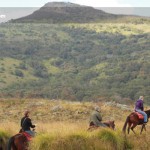

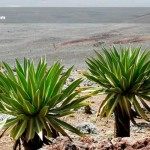
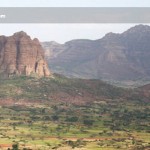
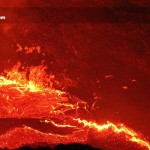
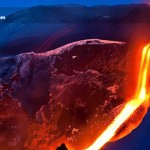
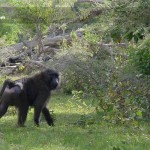
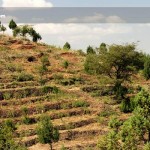
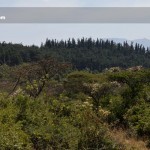
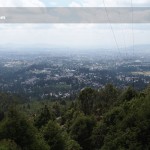
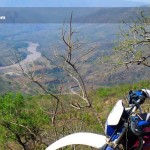

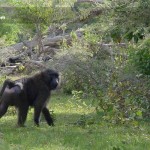
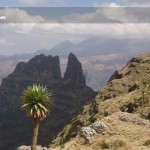

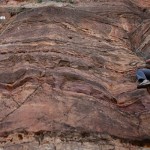
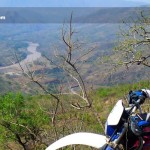

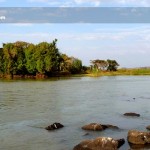
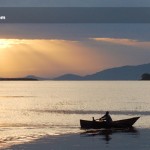
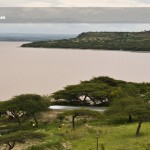
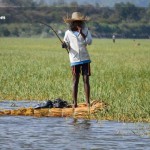
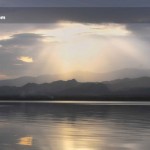

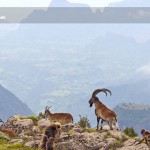


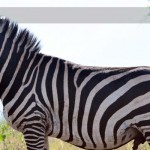
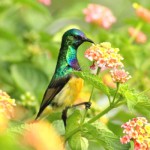
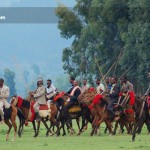
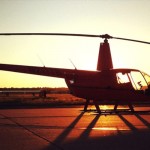
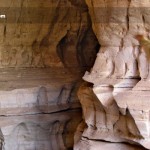
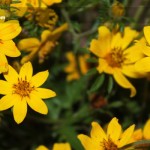

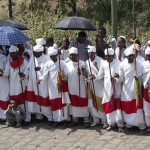
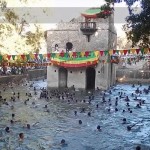

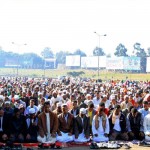

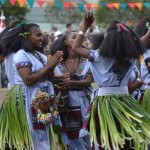
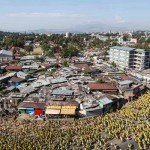
Recent Comments